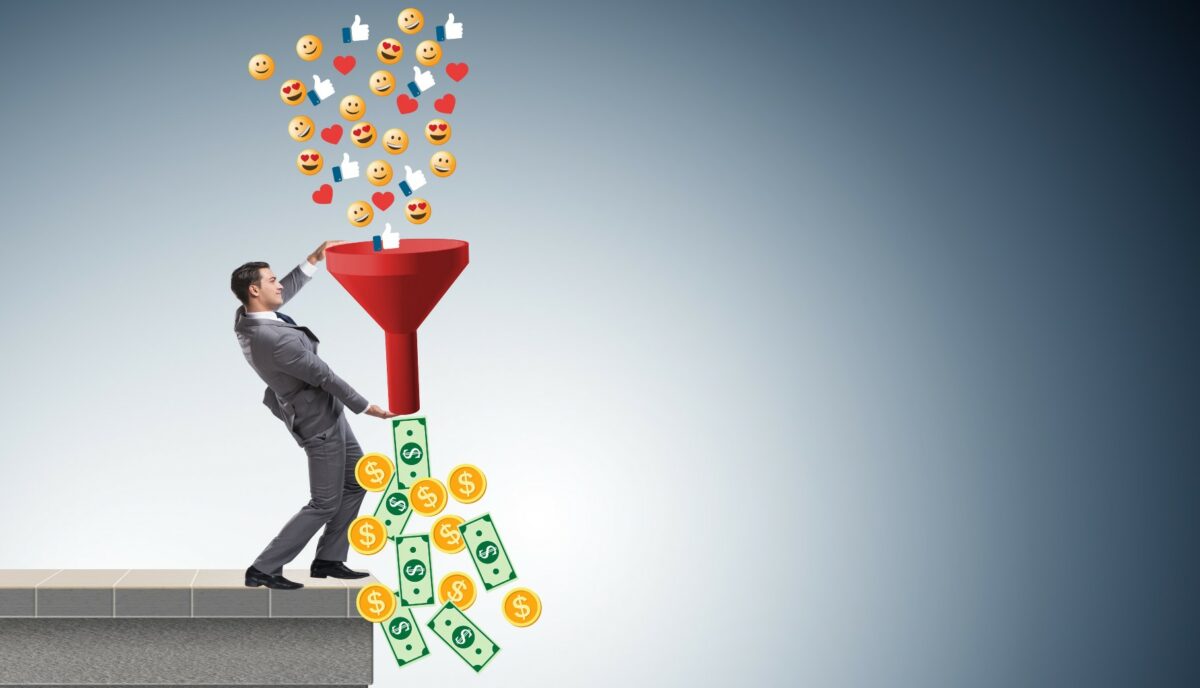Note: Originally published on Forbes
I was preparing a webinar for my company when I decided to do a little research to uncover the current optimal length for a product or promotional webinar. I started cruising search sites and was surprised by what I found. A global marketing company with eight offices and 350 employees stretching around the globe had posted an article on that very topic.
One of the “cardinal rules,” the author stated, was to never let webinars be longer than 90 minutes. They recommended 60-90 minutes and said anything more than 90 would cause the audience to lose interest. I don’t know who this audience is, but I don’t have time to listen to a 90-minute webinar, or even a 60-minute webinar, on any topic. I doubt many business decision-makers do.
That got me thinking, what’s the optimal length for a webinar? How long does it really need to be? I’ll tell you my answer to this question in a few minutes, and you just might be surprised.
Synching communication with reality
Admittedly, I’ve always been one of those leaders who frequently operates by the motto, “Just get it done.” I’ve literally locked myself in my office for days writing code for a new release. Why? Because development was being bogged down by too much back and forth discussion and hesitancy. So, my perspective is probably a bit different than that of many business professionals.
Nevertheless, I don’t think anyone wants to sit and listen to someone share information for 60-90 minutes. About a decade ago, I was dismayed to learn the average person had the attention span of a goldfish (9 seconds). Imagine my surprise when I later read that the average person’s attention span was even shorter (8 seconds). Who knows, it’s probably worse, now.
How do you think that will play out in a 90-minute webinar?
Move fast and break things
In the software industry, we have a motto, “Move fast and break things.” The idea is if you aren’t breaking things, you’re delivering value too slowly. Furthermore, we also believe that failure is an important component of innovation.
The same is true of marketing. Moving fast enables companies to stay abreast (and optimally ahead) of their competitors, whether they’re controlling the length of their webinars or moving products through the pipeline quickly. It doesn’t work in every scenario, and business leaders must be attuned to that fact. Nevertheless, innovating at a “safe speed” never got anyone to the top of the pile, in business or in marketing.
The reality is that speed, a compelling delivery of an engaging solution and a strong call to action are the best ways to generate a positive customer response. Lengthy explanations, product drill-downs and other time-consuming approaches frequently result in prospect disengagement instead.
Tomorrow is already here
Modern marketing, like product development, moves at a breakneck pace. If you’re watching and responding to your competitors, you’re getting behind. You must plan and act based on tomorrow, not today. A perfect example of this is the webinar I mentioned above. When I looked around and saw my competition paring their webinars from an hour down to 30 minutes, I thought, “What’s the absolute minimum time to present this information and spark prospect interest?” I didn’t need to persuade them to license ConnectALL. I just needed to make them want to learn more.
I found my sweet spot at 18 minutes, which was shorter than my competitors. And if they later respond by matching my length, I’ll tighten up my messaging in response. The current environment is likely to encourage us all to focus on ever-faster marketing cycles and shorter presentations. The winners will be those who ensure they’re also more informative and memorable.
This may sound like a tall order, but it’s also imperative, given that current marketing success rates have long remained stagnant. In 2012, a Forbes writer reported that 66% of products fail within two years and that success rates hadn’t improved in at least a decade. Let’s all pledge to set the bar much higher, now.
The solution, as I see it, is to market faster while innovating faster, keeping the pace of innovation and marketing in sync. Increasing the speed of innovation will also require us to redefine risk and how we address it. If “moving fast and breaking things” is to push us forward in a positive direction, we must commit to reacting quickly, whether to mitigate risk or effect positive change.
Consider this example. In the early months of the pandemic, Hershey product experts noticed a jump in chocolate bar sales for geographies with high incidences of Covid-19. People were spending more time than usual by firepits enjoying s’mores. Hershey decided to follow the virus’s progression and rethink its media strategy and creative imagery. The early months of the pandemic were the company’s biggest-ever season for s’mores.
So, here’s to all of us successfully redefining how we market, from product delivery to webinar lengths, and making tomorrow our brightest day ever.

Lance Knight is the President and Chief Operating Officer of ConnectALL. His responsibilities include sales, sales operations, customer success, and technical support. Previously, he held SVP/VP roles at LeadingAgile, Tasktop Technologies, and Accept Software, specializing in field operations, sales development, and customer success. Lance started his IT career with a large aerospace manufacturer where he learned about Lean Manufacturing and Systems Thinking. He’s a published author of books and white papers on leadership, software development, and software sales.


